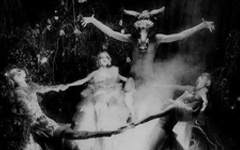The temple that became a prison.. The violence behind my Collection no.7: Part II
"Night had fallen when the royal family reached the Temple, so called because in former days it had been the Parisian castle of the Knights Templar.."
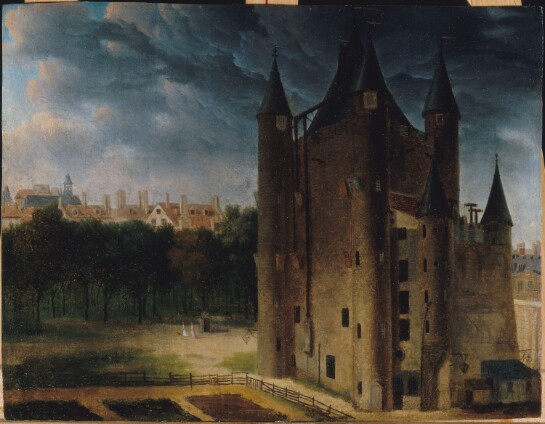
The finale of the process of working on my Collection no.7 ended with an unexpected coincidence. This work was a mourning for the end of the Ancien Régime, and this regime ended in a castle called Temple.
For the final image, I didn't plan to use an abandoned building or anything like that. But after a year of preparations and researching, I even didn't notice how I ended up with a camera in my hands in this two-hundred-year-old temple.
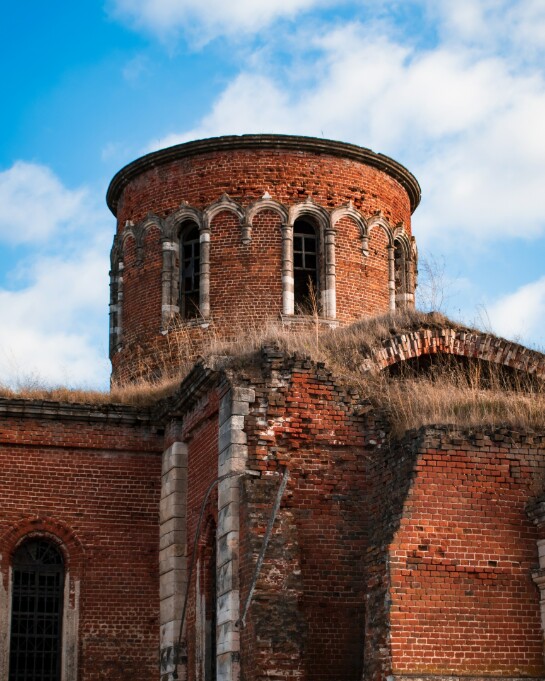
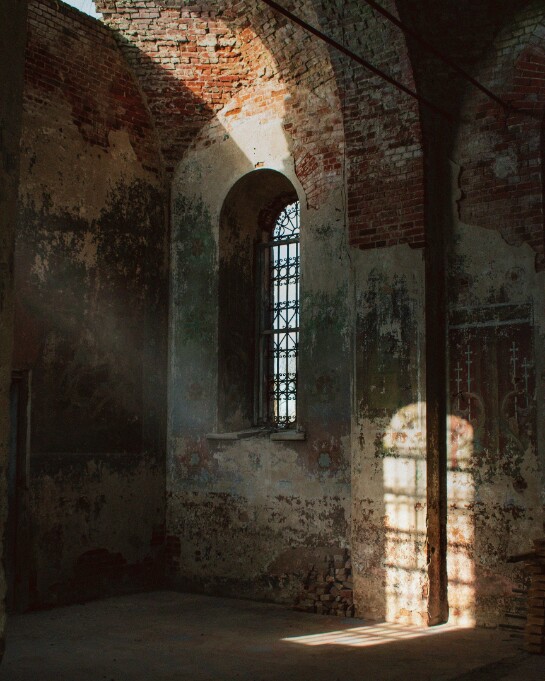
"But it was in the ancient fortress, not the palace, that the Commune had determined to keep Marie Antoinette and Louis XVI prisoned. The Temple was a gloomy stronghold, standing four-square and sinister like the Bastille, with round towers at the corners, narrow windows, and a sunless inner court. It reminded onlookers of the horrors of the Middle Ages; of the Vehmgericht and the Inquisition, of witches' sabbaths and torture-chambers.. Symbolical, cruelly symbolical, was the choice of an outworn edifice as prison for the last representatives of a monarchy likewise outworn.."
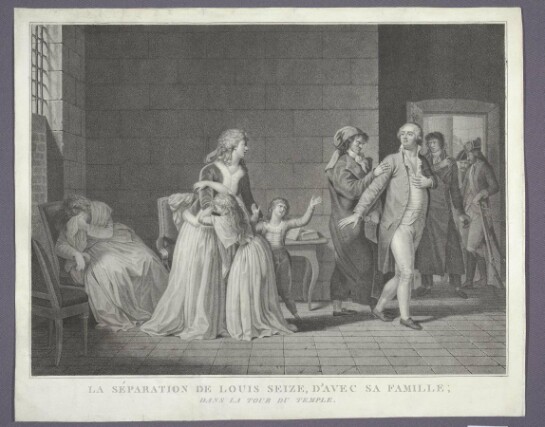
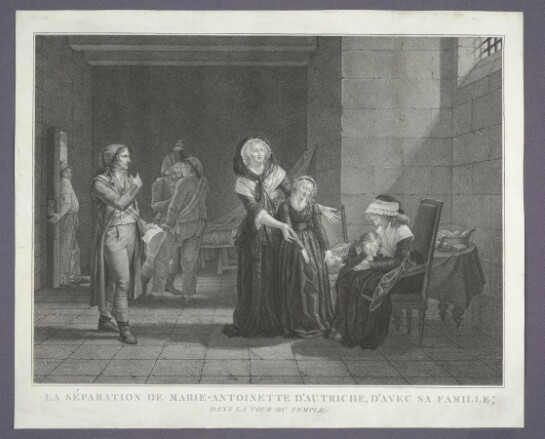
"When we examine the last oil-painting made of Marie Antoinette at the Temple, we find it hard to recognize the sometime queen of pastoral plays, the goddess of the Rococo; and hard to recognize the proud, combative, and majestic creature. The woman of this clumsy likeness, wearing a widow's cap over her white hair, is already old, though her years number only eight-and-thirty. The sparkle has vanished from her weary eyes, and we feel that we are looking at one who is ready to answer any summons without an attempt at resistance. What had been the charm of her countenance has been effaced by a hopelessly mournful expression, and liveliness has given place to supreme indifference. Looking at it from afar, we fancy this picture of Marie Antoinette to be that of a prioress or an abbess, of a woman who no longer had any interest in the world, whose wishes were dead, and who was already living another life than ours. We see in it neither beauty nor courage nor energy; nothing but passivity. The Queen has abdicated, the woman has renounced her womanhood. The face looking forth from the canvas is that of a matron long outworn, whom no further happenings can either astonish or alarm.."
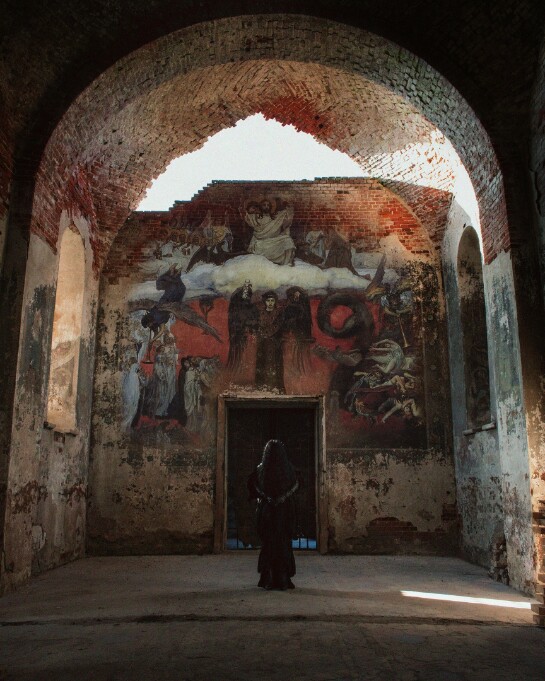
And only when I got there and saw the huge remains of Vasnetsov's fresco The Last Judgment, I finally realized what I was doing here. The whole puzzle finally came together: one day, an amazing woman in a prison called Temple was waiting for her last judgment.. And what do we see here? Her spirit, drowned in cruelty, stands here, in an abandoned temple against the backdrop of a fresco of the Last Judgment..
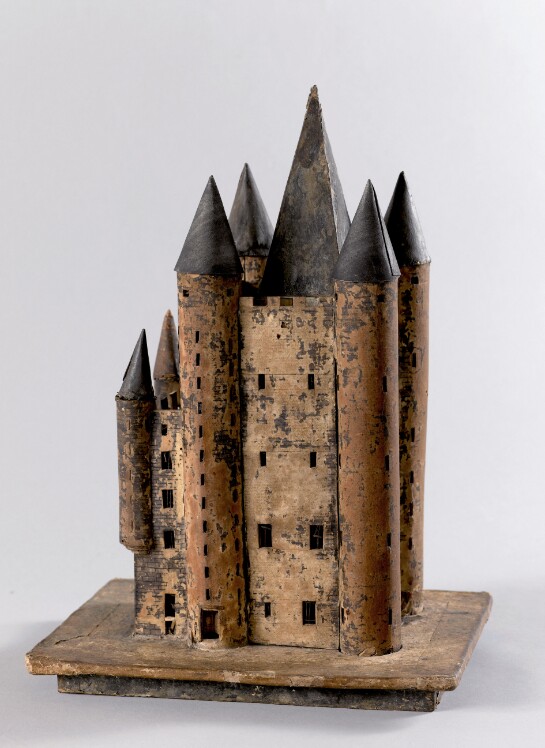
After it had stood for nearly six hundred years, the castle was demolished in 1811, and 30 years later this temple with this fresco of the Last Judgment was built.

Discover the 'Temple' story here
All excerpts are taken from "Marie Antoinette: The Portrait of an Average Woman" by Stefan Zweig.
Back to Part I
